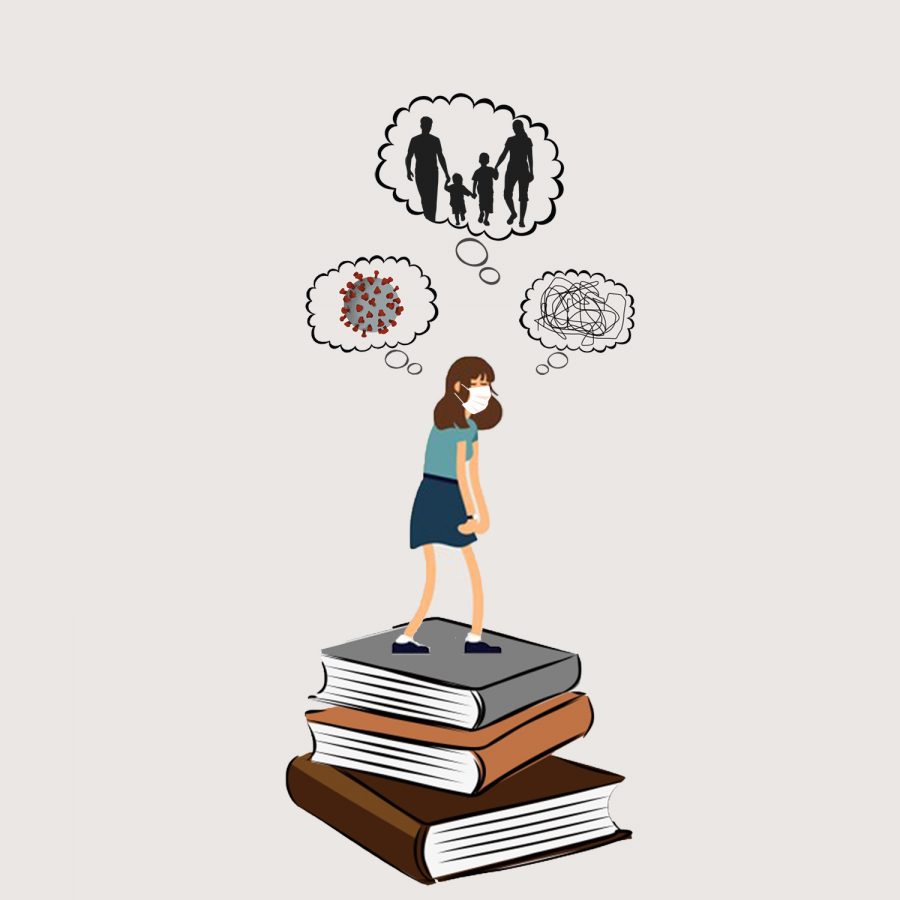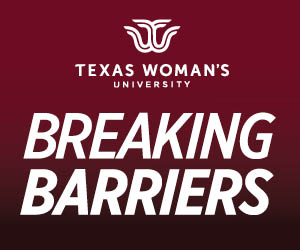How the pandemic affects students
March 30, 2021
With the smell of sanitizer in the air, children are told to remain seated at their desks 6 feet apart from each other while also being reminded to keep their masks over their noses. A PowerPoint is projected on the whiteboard as students from Faith Family Academy, a charter school in Waxahachie, Texas, begin to take notes as they continue their spring semester of school in a global pandemic.
Sue Koinange, a middle school math teacher at Faith Family Academy, said students are falling behind and having trouble following COVID-19 safety protocols.
Koinange said her students have trouble maintaining established social distancing rules. She said, “They’re all up in each other’s grill. They can’t handle not being close and socializing and talking to each other.”
Koinange said it is not a challenge to make the kids keep their masks on. “I only have one or two that I have to tell on occasion to put their mask back up. Most of them keep it on unless they’re far apart,” Koinange said.
During this time in a child’s life, they are supposed to be learning social skills and developing relationships with each other yet are unable to due to the current circumstances of the world, according to Direct Relief, a humanitarian aid organization.
Absence rates are increasing, and it is causing students’ grades to fall according to K-12 education news and information site Education Week.
Koinange said many of her students are falling behind. “If they have parents who are really structured and are at home with them, then it’s not been so bad because it is more like a homeschool environment,” she said. Most of Koinange’s students, who are 13-14 years old, were being left to complete schoolwork on their own at home. She said most of them struggled and turned to Google for help.
By the end of February, most of Koinange’s students returned to taking face-to-face classes. “I now only have two kids who are online so they’re doing everything completely on their own,” she said. “I don’t even Zoom with them anymore.”
Koinange said it is hard to do hands-on examples with students through video conferencing. She said, “Sometimes they actually need to touch the counters and move them around.”
Koinange said she can tell the time students spent at home because of how far some have fallen. “It’s playing a catch-up game,” she said.
To help them catch up with their work, Koinange stays after school and tutors students every day. “We spend most of the week working on homework, but once they finish that I always have extra work for them to do so they can practice their skills even more,” she said.
Kristen Holden, an after-school art teacher at Faith Family Academy, said younger children are also having trouble comprehending the situation they are in. A lot of them do not take other people’s safety into account because they are so young. There are also a lot of children who have parents who do not believe in the pandemic, so they do not understand why they must comply with the rules while their parents do not.
“They need to understand that if they get sick or if they’re not careful, it’s not just them that’s affected, it’s their family, their grandparents, their aunts, their uncles, whoever they see,” Holden said. “They have to be careful because it’s not just them that gets sick, it’s everybody around them.”
Paige Tignor, an after-school physical education teacher at Faith Family Academy, said she spends most of her time cleaning and sanitizing her classroom. “I clean before the kids arrive and after they leave. I also make them wash their hands when they come in and before they go home,” she said. “I try to keep them in small groups when we do activities together and I do not allow them to participate unless they wear a mask.”
Tignor said she remains hopeful. “Things are hard right now, but we are going to get back to a functioning society,” she said. “This isn’t the new normal.”


